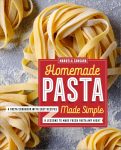
Homemade Pasta Made Simple: A Pasta Review pasta cookbook Guide – Oemiu
Homemade Pasta Made Simple: A Pasta Review Pasta Cookbook Guide
There’s something profoundly satisfying about creating pasta from scratch. The simple act of combining flour and eggs, kneading the dough, and transforming it into delicate strands or intricately shaped forms connects us to culinary traditions stretching back centuries. But for many, the world of homemade pasta seems daunting, shrouded in mystery and requiring specialized equipment. This comprehensive guide aims to demystify the process, providing you with the knowledge and resources to embark on your own pasta-making journey. We’ll delve into essential techniques, explore different types of pasta and dough, and, most importantly, introduce you to some exceptional pasta cookbook options that will serve as your trusted companions along the way.
The Allure of Homemade Pasta and Essential Techniques
Why bother making pasta when you can buy it readily available at any grocery store? The answer lies in the superior flavor, texture, and overall experience. Freshly made pasta boasts a delicate, almost silky texture that simply can’t be replicated by its dried counterpart. The taste is brighter, the aroma more pronounced, and the possibilities for customization endless. You control every ingredient, ensuring the highest quality and tailoring the flavors to your exact preferences. Imagine infusing your pasta dough with herbs, spices, or even vegetable purees, creating a culinary masterpiece that reflects your personal style.
The foundation of any great pasta dish is, of course, the dough. The most basic recipe calls for just two ingredients: flour and eggs. However, the type of flour you use significantly impacts the final product. Semola di grano duro, a coarsely ground durum wheat flour, is the gold standard for Italian pasta. It yields a firm, chewy texture and a distinct yellow hue. All-purpose flour can also be used, but it will result in a softer, less structured pasta. Experimenting with different flour blends is part of the fun of homemade pasta. You might try adding a touch of whole wheat flour for a nutty flavor or incorporating gluten-free flours for dietary restrictions. The ratio of flour to eggs is crucial. A general guideline is 100 grams of flour per large egg, but this may vary depending on the humidity and the specific flour you’re using. It’s always better to start with slightly less liquid and add more as needed until the dough comes together.
Once the dough is mixed, kneading is the next vital step. This process develops the gluten, creating the elasticity necessary for pasta making. Knead the dough vigorously for about 8-10 minutes, until it becomes smooth, elastic, and slightly tacky. After kneading, the dough needs to rest, covered, for at least 30 minutes, or even longer. This allows the gluten to relax, making the dough easier to roll and shape. There are two primary methods for shaping pasta: by hand or with a pasta machine. Hand-shaped pasta, such as orecchiette or cavatelli, offers a rustic charm and is perfect for those who enjoy a hands-on approach. A pasta machine, however, streamlines the process and allows you to create consistently thin sheets of pasta for ravioli, lasagna, or tagliatelle. Regardless of the method, dusting the dough and your work surface with flour is essential to prevent sticking. Finally, cooking your fresh pasta takes just a few minutes in boiling, salted water. The pasta is done when it floats to the surface and is al dente – firm to the bite.
Exploring Different Pasta Types and Dough Variations
The world of pasta is vast and diverse, offering a seemingly endless array of shapes, sizes, and dough variations. Each type of pasta pairs best with specific sauces and ingredients, creating a harmonious culinary experience. Long, thin strands like spaghetti and linguine are excellent with light, oil-based sauces or creamy seafood sauces. Wider noodles, such as fettuccine and tagliatelle, can handle richer, heartier sauces like Bolognese or Alfredo. Short, shaped pasta like penne, rigatoni, and farfalle are perfect for chunky vegetable sauces or baked pasta dishes. And then there are filled pastas like ravioli and tortellini, which offer a delicious surprise with every bite. These can be filled with anything from ricotta and spinach to meat and cheese, and served with a simple butter sauce or a more complex tomato-based sauce.
Beyond the traditional semola and egg dough, there are countless variations to explore. Whole wheat pasta offers a nutty flavor and increased fiber content. Gluten-free pasta can be made with a blend of rice flour, tapioca flour, and other gluten-free ingredients. Vegetable purees, such as spinach, beetroot, or butternut squash, can be added to the dough to create vibrant colors and subtle flavors. Herb-infused pasta, such as basil or rosemary pasta, adds a fragrant touch to any dish. And for those with dietary restrictions, egg-free pasta can be made with just flour and water. The possibilities are truly endless, limited only by your imagination. Don’t be afraid to experiment with different ingredients and techniques to create your own signature pasta dough.
Consider the sauces you plan to serve with your pasta when deciding on the shape and dough. A delicate sauce, such as a simple aglio e olio (garlic and oil), is best paired with a delicate pasta like angel hair. A robust sauce, such as a ragu, can stand up to a heartier pasta like pappardelle. The surface texture of the pasta also plays a role. Rougher surfaces, like those found on bronze-die pasta, hold onto sauce better than smooth surfaces. Understanding these nuances will help you create the perfect pasta dish every time.
A Culinary Companion: Pasta Cookbook Recommendations
While mastering the art of homemade pasta requires practice and experimentation, a good pasta cookbook can serve as an invaluable guide. These culinary resources offer a wealth of knowledge, from basic dough recipes to intricate pasta shapes and innovative sauce pairings. A well-written pasta cookbook will not only provide step-by-step instructions but also offer insights into the history and traditions of pasta making. It will inspire you to explore new flavors and techniques, and ultimately, empower you to create restaurant-quality pasta dishes in your own home. When choosing a pasta cookbook, consider your skill level and culinary interests. Are you a beginner looking for simple recipes and clear instructions? Or are you an experienced cook seeking more advanced techniques and innovative flavor combinations? Look for cookbooks that feature beautiful photography, detailed explanations, and a wide range of recipes to suit your tastes.
Finding the right pasta cookbook can be a journey in itself. There are many pasta cookbook options in the market today, so selecting the best one for you is essential to your learning and success in pasta making. We’ve compiled a selection of highly-rated and diverse pasta cookbooks to help you on your way. Some focus on regional Italian specialties, while others offer modern interpretations of classic dishes. Some emphasize hand-shaped pasta, while others celebrate the versatility of the pasta machine. Each pasta cookbook offers a unique perspective on the art of pasta making, ensuring that there’s something for everyone.
| Cookbook Title | Focus | Skill Level | Key Features |
|---|---|---|---|
| “Mastering Pasta” by Marc Vetri | Classic Italian Pasta | Intermediate to Advanced | Detailed explanations of dough making, regional recipes, shaping techniques. |
| “The Geometry of Pasta” by Caz Hildebrand & Jacob Kenedy | Pasta Shapes and Sauce Pairings | All Levels | Visually stunning guide to pasta shapes, historical context, sauce recommendations. |
| “Pasta Grannies: The Official Cookbook” by Vicky Bennison | Traditional Italian Recipes from Nonnas | All Levels | Authentic recipes from Italian grandmothers, charming stories, rustic techniques. |
| “Flour + Water Pasta Cookbook” by Thomas McNaughton | Modern Italian Pasta | Intermediate | Focuses on whole-animal cuisine with pasta as a cornerstone. Includes sourdough pasta recipes. |
When choosing your pasta cookbook, consider these points:
- Recipe Clarity: Are the recipes easy to understand and follow, even for beginners?
- Ingredient Accessibility: Are the ingredients readily available at your local grocery store?
- Technique Explanations: Does the cookbook provide clear explanations of essential pasta-making techniques?
- Visual Appeal: Does the cookbook feature inspiring photography that makes you want to start cooking?
- Range of Recipes: Does the cookbook offer a diverse range of pasta shapes, sauces, and flavor combinations?
Equipping Your Kitchen: Essential Tools and Gadgets
While it’s possible to make excellent pasta with minimal equipment, certain tools and gadgets can significantly streamline the process and enhance your results. The most essential piece of equipment is a reliable pasta machine. These machines, available in both manual and electric versions, allow you to create consistently thin and even sheets of pasta. A good pasta machine should have adjustable settings to control the thickness of the dough and attachments for cutting different types of pasta, such as spaghetti, fettuccine, and lasagna. A pasta drying rack is another valuable tool, allowing you to dry your freshly cut pasta properly, preventing it from sticking together. A sturdy wooden cutting board provides a stable surface for kneading and shaping pasta. And a bench scraper is essential for cleaning your work surface and dividing the dough. These are among the most essential items for making homemade pasta.
Beyond these basics, there are several other tools that can enhance your pasta-making experience. A pasta rolling pin, longer and thinner than a standard rolling pin, is ideal for rolling out large sheets of dough for ravioli or lasagna. A gnocchi board, a small wooden board with ridges, helps create the characteristic texture of gnocchi. Ravioli stamps allow you to quickly and easily create perfectly shaped ravioli. And a pasta pot with a strainer insert makes cooking and draining pasta a breeze. While these tools are not strictly necessary, they can significantly improve the efficiency and enjoyment of your pasta-making process. Investing in high-quality tools will not only make pasta making easier but will also ensure that your equipment lasts for years to come.
Don’t feel pressured to buy every gadget at once. Start with the essentials – a pasta machine, a cutting board, and a bench scraper – and gradually add more tools as you become more comfortable with the process. Remember that the most important ingredient in homemade pasta is passion. With practice and dedication, you’ll be creating delicious, authentic pasta dishes in no time, guided by your chosen pasta cookbook and the techniques you’ve mastered.
FAQ
What are the basic ingredients for making pasta?
The most fundamental pasta dough requires only two ingredients: flour and eggs. The type of flour significantly impacts the texture and flavor of the pasta. Semola di grano duro, a coarsely ground durum wheat flour, is the traditional choice for Italian pasta. It provides a firm, chewy texture and a characteristic yellow hue. All-purpose flour can also be used, although the resulting pasta will be softer. The ratio of flour to eggs typically hovers around 100 grams of flour per large egg, but this can vary based on humidity and the specific flour. Experimenting with different flour blends is a great way to create unique pasta doughs.
How do I prevent my pasta dough from sticking?
Sticking is a common frustration when making pasta, but it’s easily avoided with a few simple techniques. First, ensure your work surface is generously dusted with flour, ideally semola or all-purpose. Second, keep the pasta dough lightly floured at all times, especially after rolling it through the pasta machine. When cutting pasta by hand, dust the strands with flour to prevent them from clinging together. If using a pasta machine, dust each sheet lightly with flour before passing it through the rollers. A well-hydrated dough is also less likely to stick, so ensure you’re using the correct amount of liquid in your recipe. Finally, dry your pasta properly on a pasta drying rack or by spreading it out on a floured surface. This will help prevent sticking during cooking.
What’s the difference between fresh and dried pasta?
Fresh pasta and dried pasta offer distinct culinary experiences. Fresh pasta, made with flour and eggs, boasts a delicate, silky texture and a brighter flavor. It cooks quickly, typically in just a few minutes, and is best enjoyed with lighter sauces that complement its delicate character. Dried pasta, on the other hand, is made with semola flour and water, and is dried for an extended period. This drying process intensifies the flavor and creates a firmer, chewier texture. Dried pasta requires a longer cooking time and can stand up to richer, heartier sauces. Fresh pasta is best enjoyed soon after making, while dried pasta has a longer shelf life and is a convenient pantry staple. The type of pasta you choose depends on the dish you’re preparing and your personal preferences.
How long should I cook fresh pasta?
Fresh pasta cooks incredibly quickly, typically in just 2-4 minutes. The exact cooking time depends on the thickness of the pasta and your personal preference for al dente. To cook fresh pasta, bring a large pot of salted water to a rolling boil. Add the pasta and cook until it floats to the surface and is firm to the bite. Be careful not to overcook the pasta, as it can become mushy. Taste the pasta frequently during cooking to ensure it reaches the desired level of doneness. Once cooked, drain the pasta immediately and toss it with your favorite sauce.
Can I freeze homemade pasta?
Yes, you can absolutely freeze homemade pasta! Freezing is a great way to preserve your hard work and enjoy fresh pasta whenever you crave it. To freeze pasta, first dry it completely on a pasta drying rack or by spreading it out on a floured surface. Once the pasta is dry, divide it into individual portions and place it in airtight freezer bags or containers. Remove as much air as possible to prevent freezer burn. Frozen pasta can be stored for up to 2-3 months. To cook frozen pasta, simply add it directly to boiling salted water. It may take a minute or two longer to cook than fresh pasta.
What are some common mistakes when making pasta, and how can I avoid them?
Making pasta can be tricky, and several common mistakes can lead to less-than-perfect results. One common mistake is using the wrong type of flour. Using all-purpose flour instead of semola will result in a softer, less structured pasta. Another mistake is not kneading the dough enough. Proper kneading is essential for developing the gluten, which gives the pasta its elasticity. Overcooking the pasta is another common pitfall, resulting in a mushy texture. Always taste the pasta frequently during cooking and remove it from the heat when it’s al dente. Finally, using too little salt in the cooking water can result in bland pasta. Be generous with the salt, adding about 1-2 tablespoons per gallon of water. Avoiding these common mistakes will help you create delicious, restaurant-quality pasta at home.
What sauces pair best with different pasta shapes?
The shape of the pasta should complement the texture and consistency of the sauce. Long, thin strands like spaghetti and linguine are well-suited for light, oil-based sauces like aglio e olio or creamy seafood sauces. Wider noodles, such as fettuccine and tagliatelle, can handle richer, heartier sauces like Bolognese or Alfredo. Short, shaped pasta like penne, rigatoni, and farfalle are perfect for chunky vegetable sauces or baked pasta dishes. Filled pastas like ravioli and tortellini are versatile and can be paired with a variety of sauces, from simple butter sauces to more complex tomato-based sauces. Experimenting with different sauce and pasta pairings is part of the fun of cooking. Let your imagination guide you and discover your own favorite combinations.

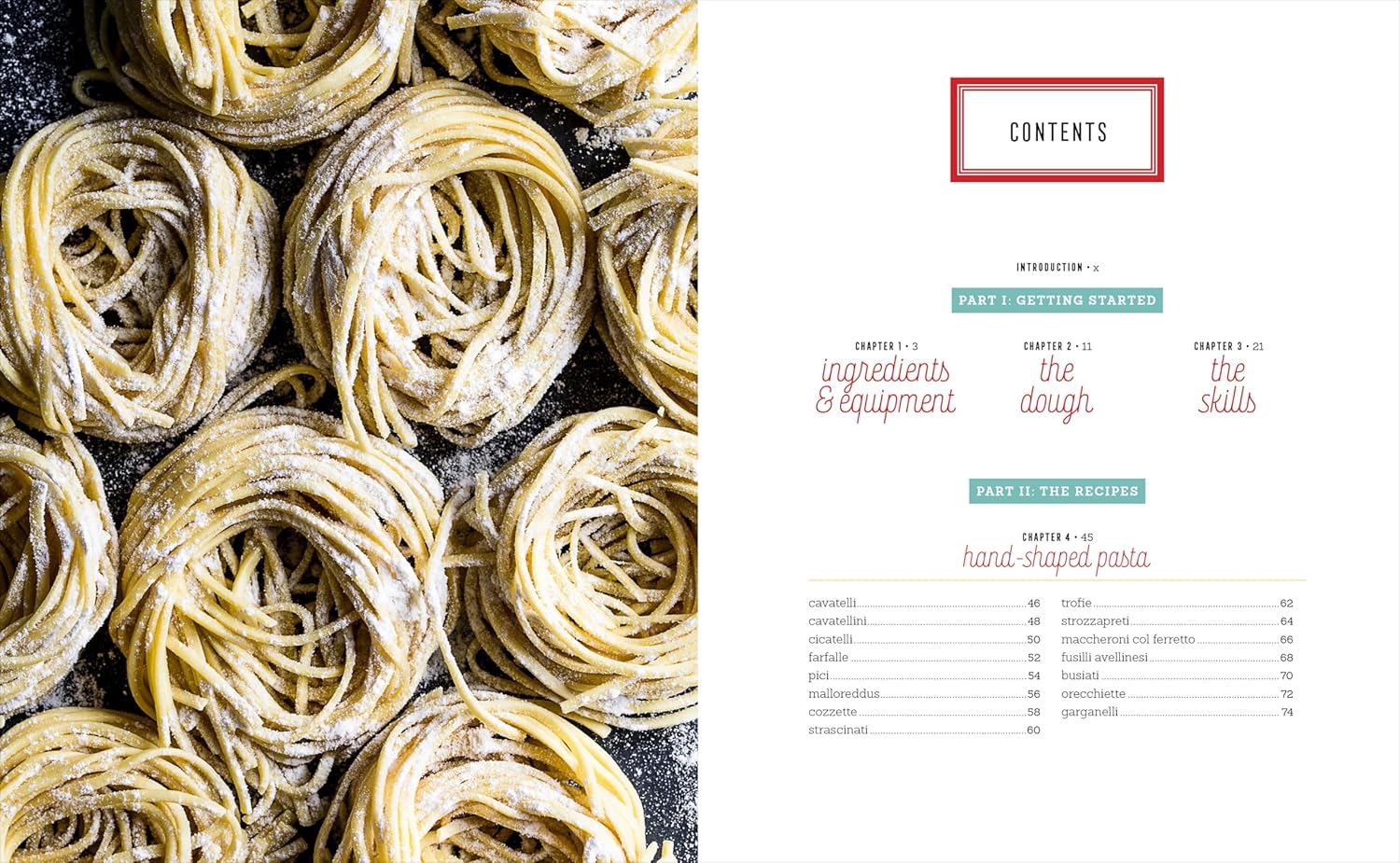
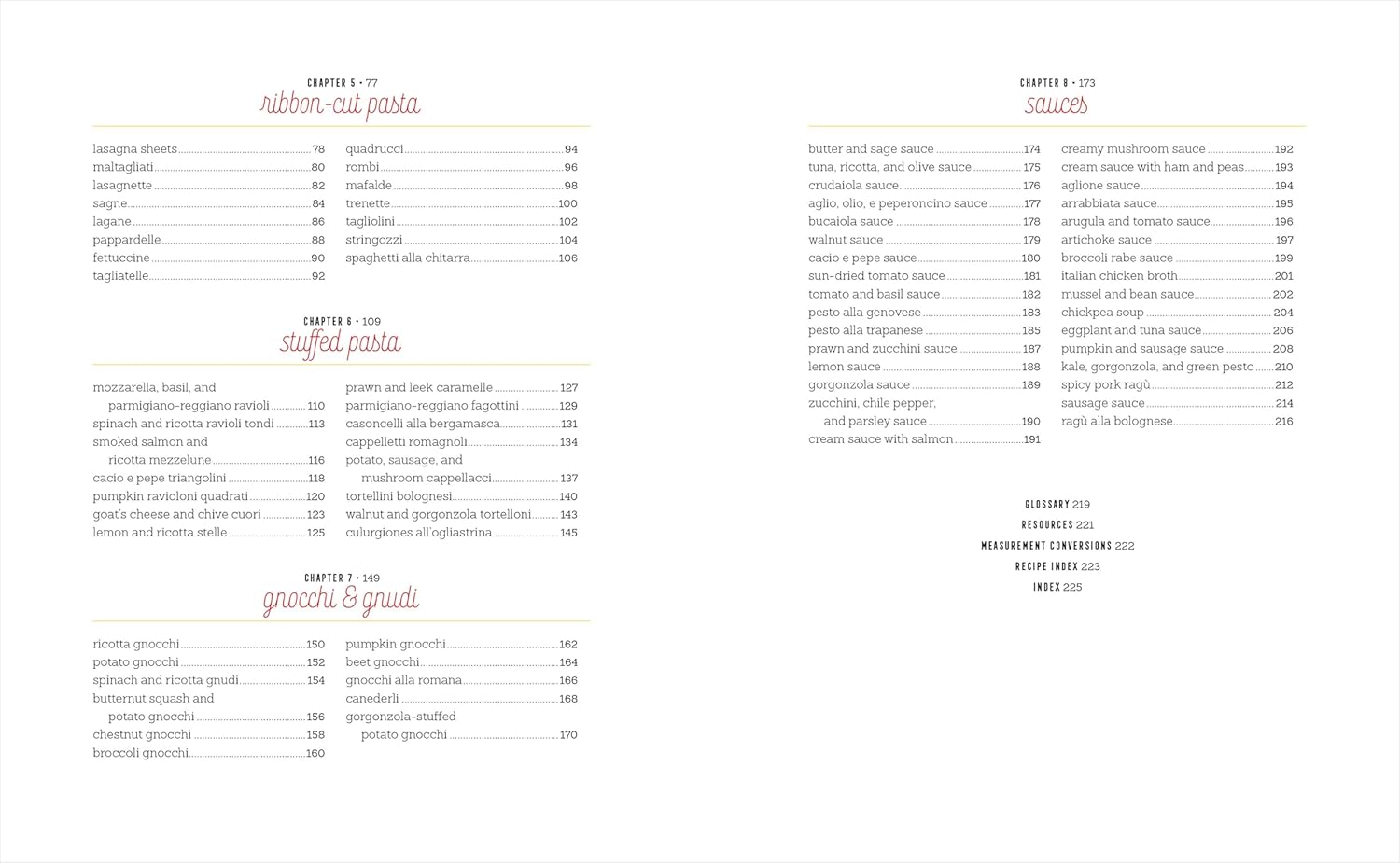
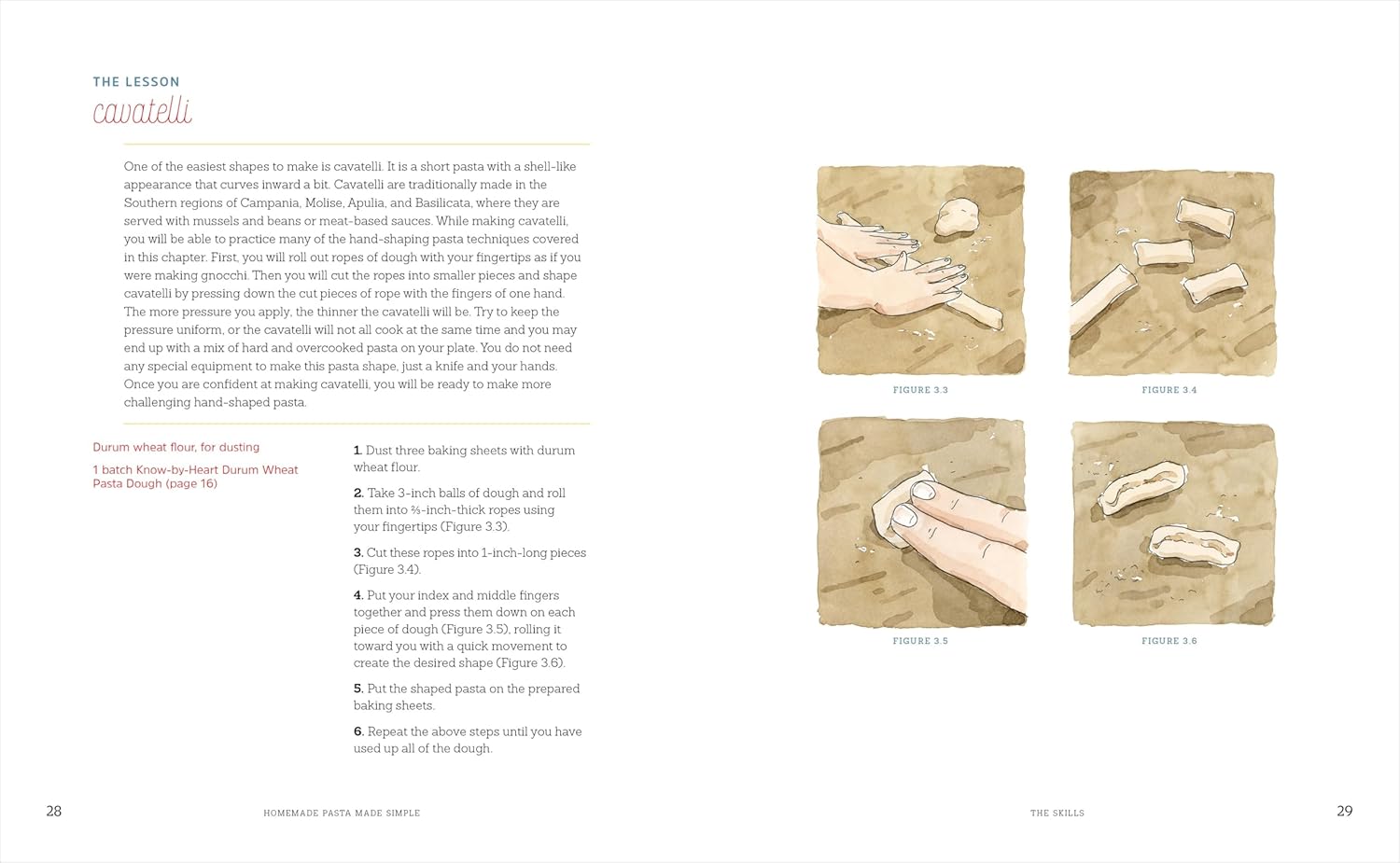
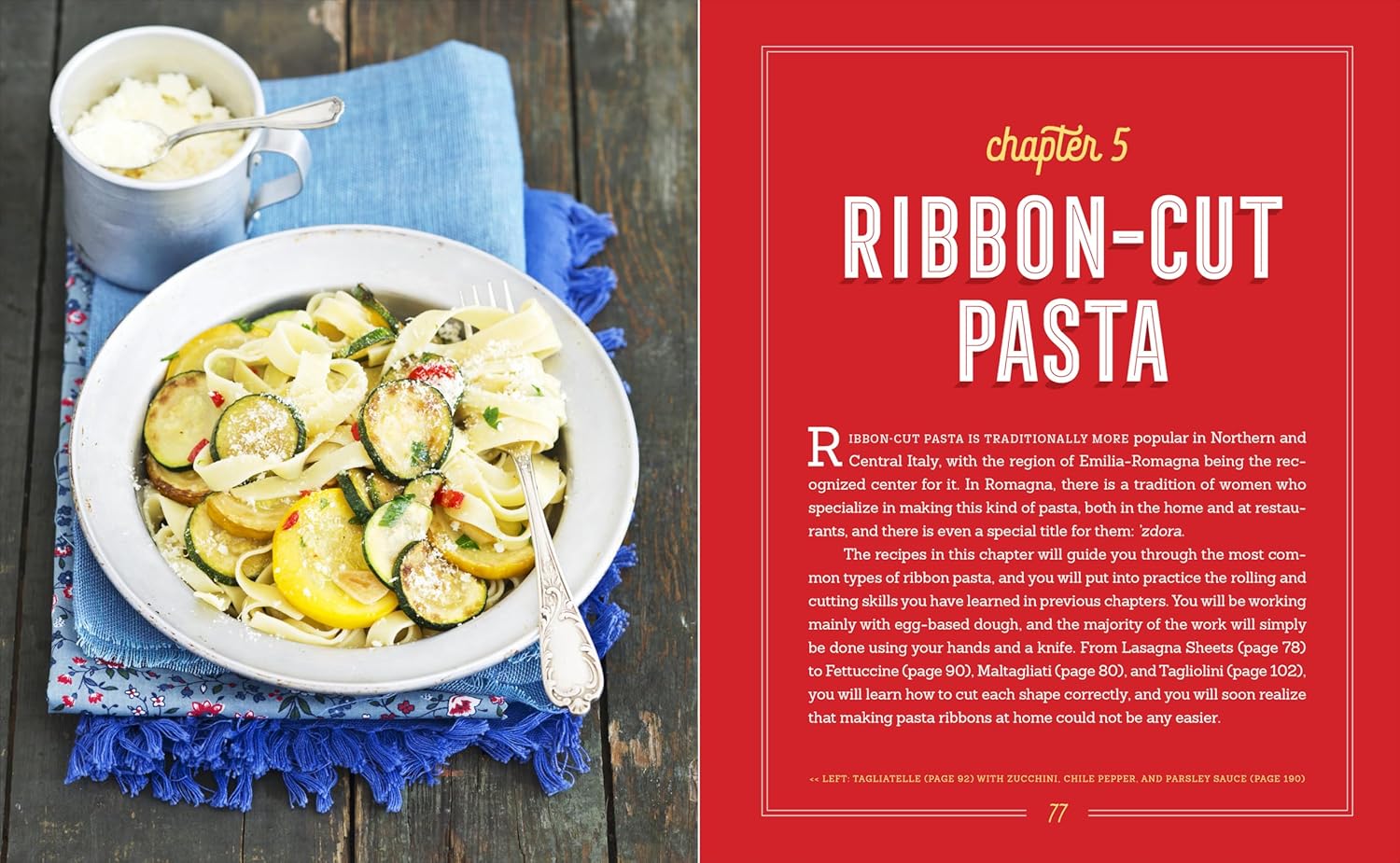
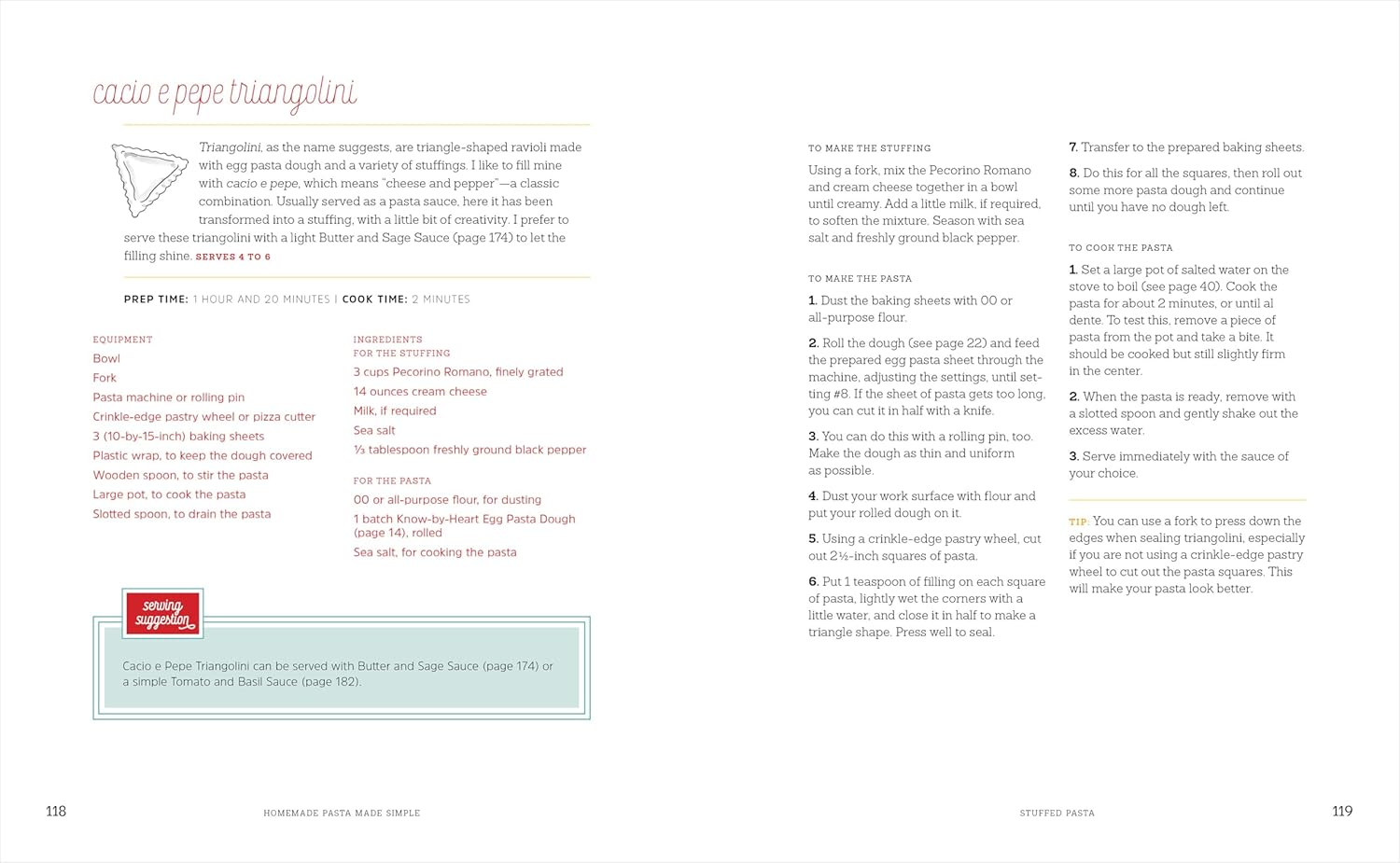
Price: $19.99 - $9.50
(as of Sep 06, 2025 04:51:43 UTC – Details)




